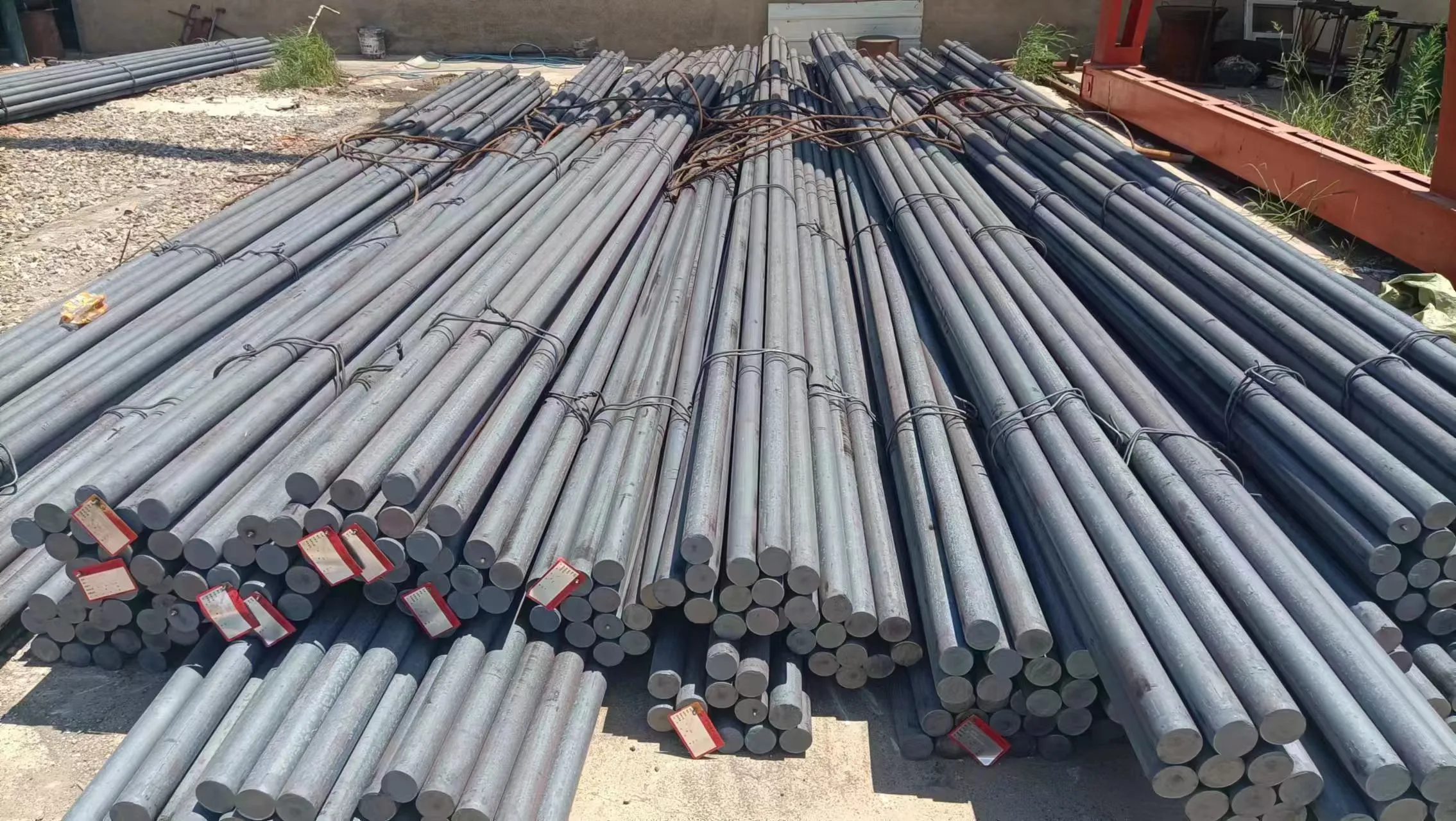-
Cangzhou Yulong Steel Co., Ltd.
-
Phone:
+86 13303177267 -
Email:
admin@ylsteelfittings.com
- English
- Arabic
- Italian
- Spanish
- Portuguese
- German
- kazakh
- Persian
- Greek
- French
- Russian
- Polish
- Thai
- Indonesian
- Vietnamese
- Zulu
- Korean
- Uzbek
- Hindi
- Serbian
- Malay
- Ukrainian
- Gujarati
- Haitian Creole
- hausa
- hawaiian
- Hebrew
- Miao
- Hungarian
- Icelandic
- igbo
- irish
- Japanese
- Javanese
- Kannada
- Khmer
- Rwandese
- Afrikaans
- Albanian
- Amharic
- Armenian
- Azerbaijani
- Basque
- Belarusian
- Bengali
- Bosnian
- Bulgarian
- Catalan
- Cebuano
- China
- China (Taiwan)
- Corsican
- Croatian
- Czech
- Danish
- Esperanto
- Estonian
- Finnish
- Frisian
- Galician
- Georgian
- Kurdish
- Kyrgyz
- Lao
- Latin
- Latvian
- Lithuanian
- Luxembourgish
- Macedonian
- Malgashi
- Malayalam
- Maltese
- Maori
- Marathi
- Mongolian
- Myanmar
- Nepali
- Norwegian
- Norwegian
- Occitan
- Pashto
- Dutch
- Punjabi
- Romanian
- Samoan
- Scottish Gaelic
- Sesotho
- Shona
- Sindhi
- Sinhala
- Slovak
- Slovenian
- Somali
- Sundanese
- Swahili
- Swedish
- Tagalog
- Tajik
- Tamil
- Tatar
- Telugu
- Turkish
- Turkmen
- Urdu
- Uighur
- Welsh
- Bantu
- Yiddish
- Yoruba

Қаз . 11, 2024 15:43 Back to list
bending 304 stainless steel tubing
Bending 304 Stainless Steel Tubing Techniques and Considerations
Bending stainless steel tubing, particularly 304 stainless steel, is a common process in various industries, including automotive, aerospace, and construction. The ability to manipulate the shape of this versatile material is crucial for creating components that require specific designs and structural integrity. In this article, we will explore the properties of 304 stainless steel, the techniques used for bending, the challenges involved, and the best practices to achieve high-quality bends.
Properties of 304 Stainless Steel
304 stainless steel is one of the most widely used types of stainless steel, known for its excellent corrosion resistance, weldability, and formability. Composed primarily of iron, carbon, and chromium, 304 alloy offers good mechanical properties and can withstand various environmental conditions. Its non-magnetic nature and ease of fabrication make it particularly popular in food processing, chemical handling, and outdoor applications. When it comes to bending, its malleability allows for intricate designs without compromising the metal's durability.
Techniques for Bending 304 Stainless Steel Tubing
When bending 304 stainless steel tubing, several methods can be employed, including
1. Hot Bending This technique involves heating the tubing to a high temperature before bending. Hot bending helps reduce the risk of cracking and allows for tighter bends. It is particularly useful for large diameter pipes or when creating complex shapes.
2. Cold Bending Cold bending is performed at room temperature and is suitable for smaller diameter tubes. This method maintains the integrity of the material, but precise calculations are essential to prevent over-stressing and potential failure. Tools like hydraulic benders or manual benders are commonly used in this process.
3. Rotary Draw Bending This technique is ideal for creating custom shapes. A rotary draw bender uses a combination of a bending die and a clamp die to hold the tube in place while it is being bent. This method ensures smooth, uniform bends without kinking the material.
4. Make Use of Proper Tools Bending tooling—such as custom-made dies—can significantly impact the quality of the bend. Investing in high-quality tooling designed for stainless steel can prevent common issues like wrinkling or ovalization.
bending 304 stainless steel tubing

Challenges in Bending Stainless Steel Tubing
While bending 304 stainless steel tubing may appear straightforward, several challenges must be addressed
- Kinking and Wrinkling One of the most common issues when bending stainless steel tubing is the formation of kinks or wrinkles. These defects can compromise the structural integrity of the tubing. Proper alignment of the tube and using the right bending radius can mitigate these issues.
- Springback After bending, stainless steel tubing tends to spring back to its original shape. This necessitates accurate calculations and adjustments to achieve the desired final angle or curve.
- Material Thickness Thicker tubing usually requires more force to bend, which may lead to difficulties in manipulating the material without damaging it. Understanding the specifications of the tubing is essential for choosing the right bending method.
Best Practices for Successful Bending
To ensure the best results when bending 304 stainless steel tubing, consider the following best practices
- Use the correct bending radius based on material thickness. - Always perform a test bend to ensure the process will yield the desired results. - Employ proper tooling and techniques to minimize the risk of defects. - Ensure that the work area is clean and free of debris to avoid contamination of the stainless steel.
Conclusion
Bending 304 stainless steel tubing is an essential skill in many sectors. By understanding the properties of the material, selecting the appropriate bending technique, and following best practices, manufacturers can produce high-quality bent tubes that meet the stringent requirements of their applications. This process not only enhances design possibilities but also contributes to the overall efficiency and performance of the final product.
Latest news
-
ANSI 150P SS304 SO FLANGE
NewsFeb.14,2025
-
ASTM A333GR6 STEEL PIPE
NewsJan.20,2025
-
ANSI B16.5 WELDING NECK FLANGE
NewsJan.15,2026
-
ANSI B16.5 SLIP-ON FLANGE
NewsApr.19,2024
-
SABS 1123 FLANGE
NewsJan.15,2025
-
DIN86044 PLATE FLANGE
NewsApr.19,2024
-
DIN2527 BLIND FLANGE
NewsApr.12,2024
-
JIS B2311 Butt-Welding Fittings LR/SR 45°/90° /180°Seamless/Weld
NewsApr.23,2024











